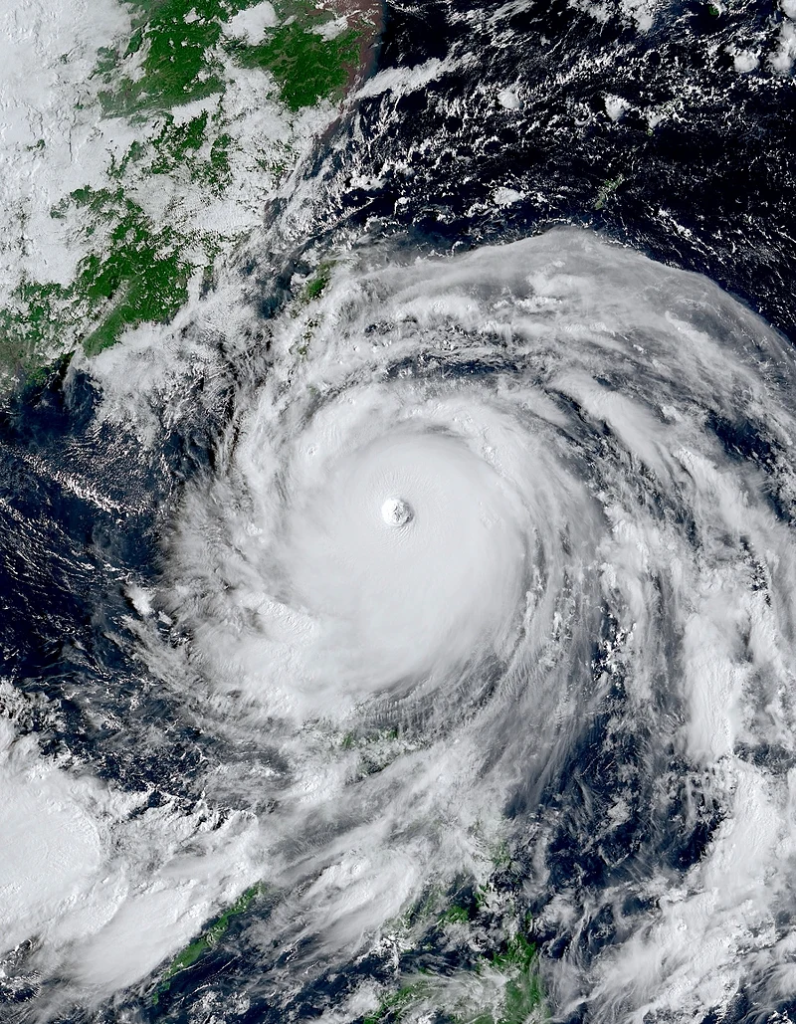
The raw power of nature can be awe-inspiring but when a barrier lake breaches its shores, releasing 60 million tonnes of water into a town, it leads to disaster. That was what occurred in Taiwan’s Hualien County when Super Typhoon Ragasa’s deluges caused landslides, creating and then erasing an enormous lake in the hills. At least 14 were ruled dead by authorities, 18 were hurt and 124 remain missing as rescue teams comb through the ruins.
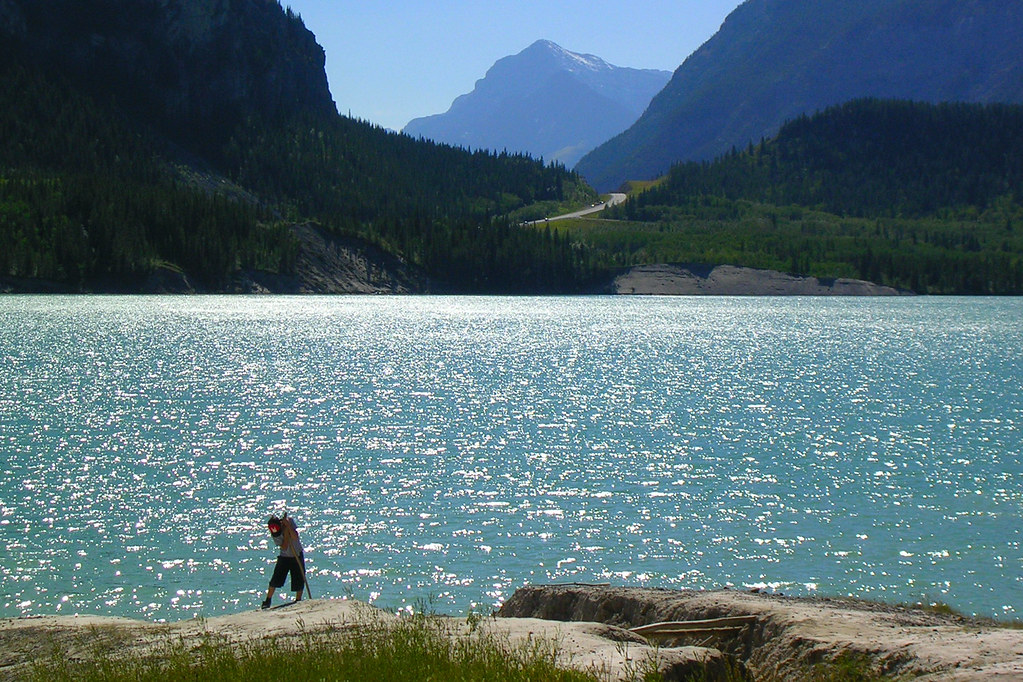
1. Taiwan’s Sudden Flood Disaster
The hillside barrier lake, roughly 91 million tonnes of water, was a time bomb waiting to happen after receiving heavy rains. At Tuesday noon, its banks collapsed, sending a deluge of water cascading down onto Guangfu township. About 60% of the residents experienced “vertical evacuation,” withdrawing to the upper floors of their dwellings, whereas others escaped to relatives. The flood washed away infrastructure, toppled bridges, and left rescue squads racing against time.
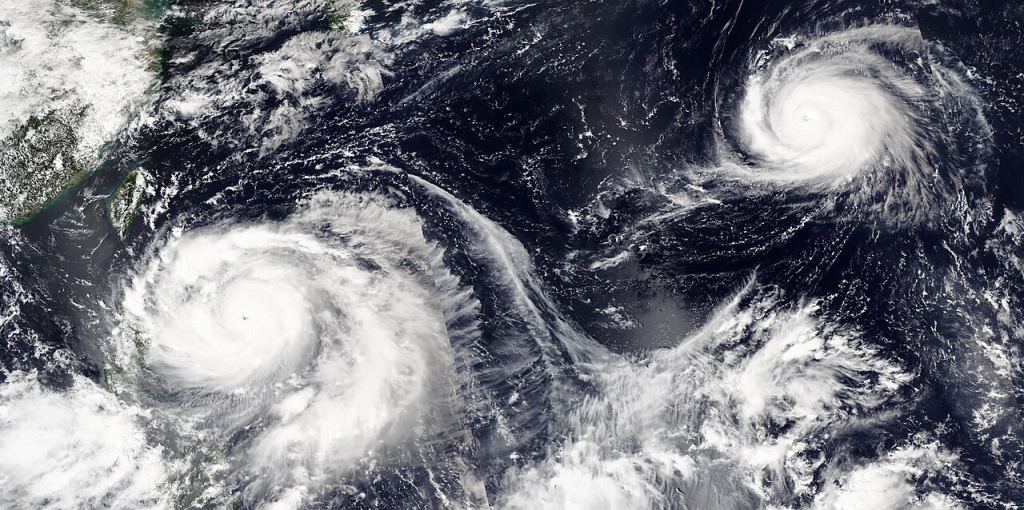
2. Ragasa’s Trail of Destruction
The north Philippines was already pounded by Ragasa, whose 267 km/h sustained winds equated to a Category 5 hurricane. Thousands were forced to evacuate, houses were leveled, and lives were lost in landslides. The storm turned towards Taiwan, pounding its east coast with 70 cm of rain before turning towards Hong Kong and southern China.

3. Hong Kong Under Highest Typhoon Alert
By Wednesday morning, Hong Kong’s Observatory released its highest T10 warning, giving a warning of “phenomenal” waves and storm surges up to five metres higher than usual. Waves crashed over seafront promenades along the coast, flights were suspended after 6pm on Tuesday, and more than 500 Cathay Pacific flights were grounded. Food and water were stockpiled by locals, and sandbags were handed out in at-risk areas such as Lei Yue Mun.
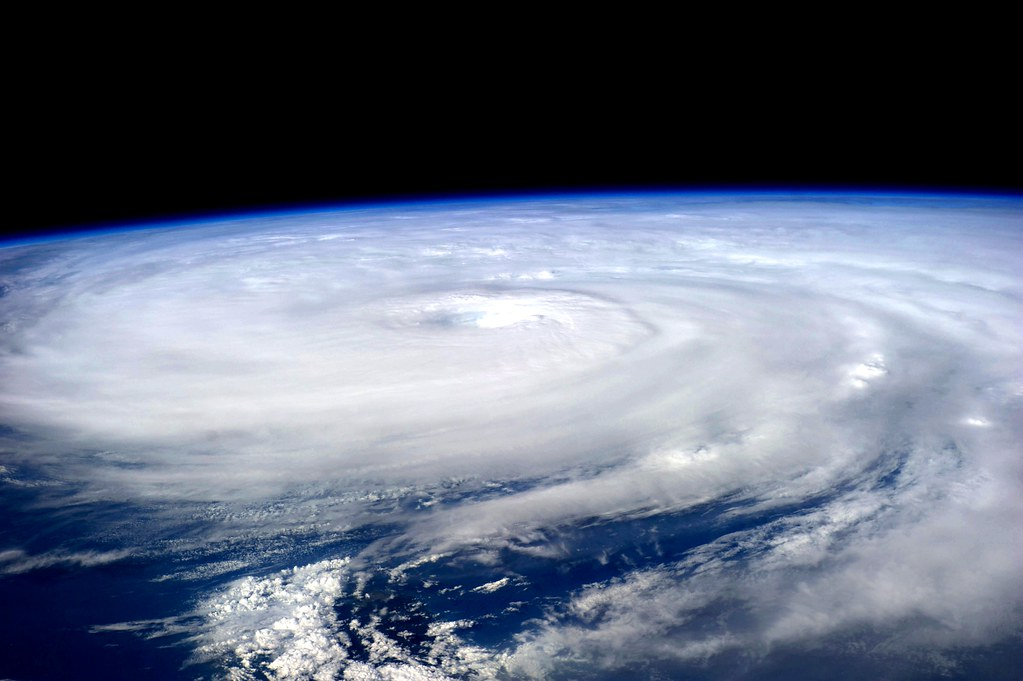
4. Southern China Readies Itself for the Punch
Mass evacuations were ordered by Guangdong province, including 400,000 in Shenzhen. Bus, office, and school closures took place in cities of Chaozhou, Zhuhai, Dongguan, and Foshan. “Catastrophic” damage was predicted by authorities as Ragasa’s eye approached, gusts up to 195 km/h, and over 200 mm rain in places.
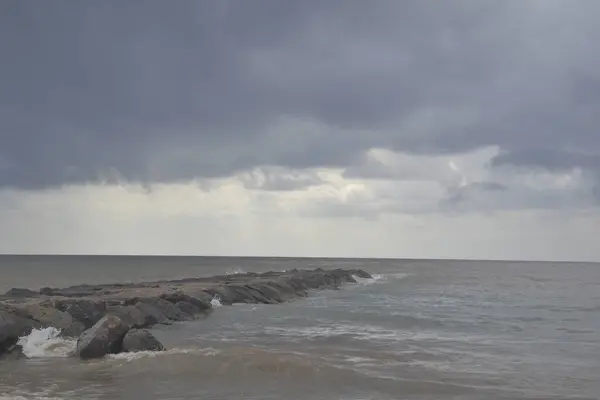
5. The Link to Climate Change
Scientists note that storms such as Ragasa are intensifying as a result of warmer oceans and a warmer atmosphere. Warmer sea surface temperature can increase wind speed and precipitation, and higher sea levels enhance storm surges. NOAA indicates tropical cyclone rainfall rates may increase by 14% worldwide under a 2°C warming scenario. Such changes become more dangerous for coastal communities and more expensive disasters.
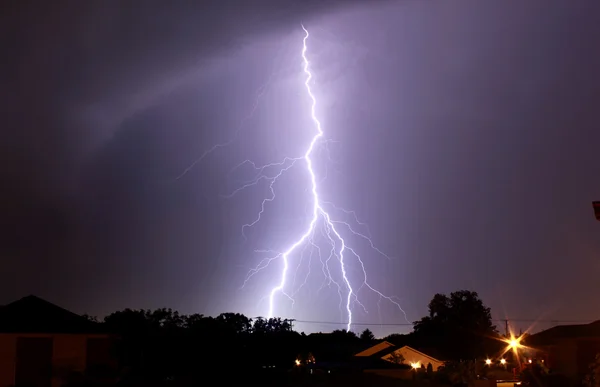
6. Managing Disaster Stress
Severe weather can induce unbearable fear. Grounding strategies e.g., attention on breath or sensory information are what experts advise to manage panic. Staying informed by official announcements, staying equipped with an emergency kit, and securing social support networks assist in maintaining control in the face of uncertainty.
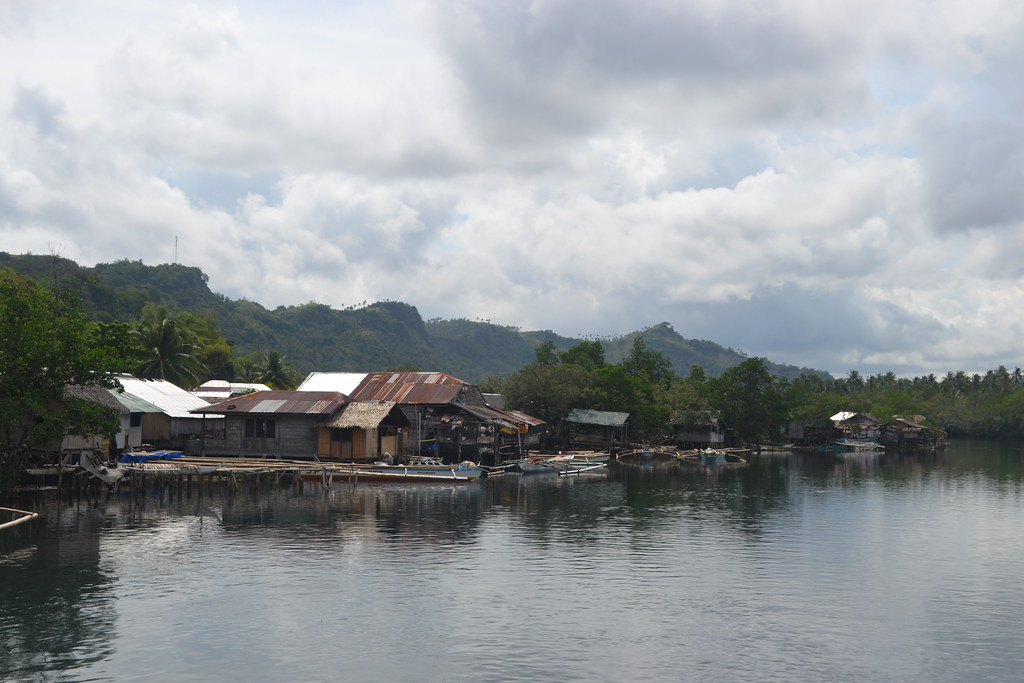
7. Building Community Resilience
Resilience is not rebounding, it’s preparing. Coastal communities can minimize exposure by maintaining wetlands and dunes to take the hit of storm surge, implementing wind building codes, and avoiding construction in floodplains. Governments also promote flood insurance, managed retreat from the hazard area, and periodic community drills so residents are aware of evacuation procedures and procedures.
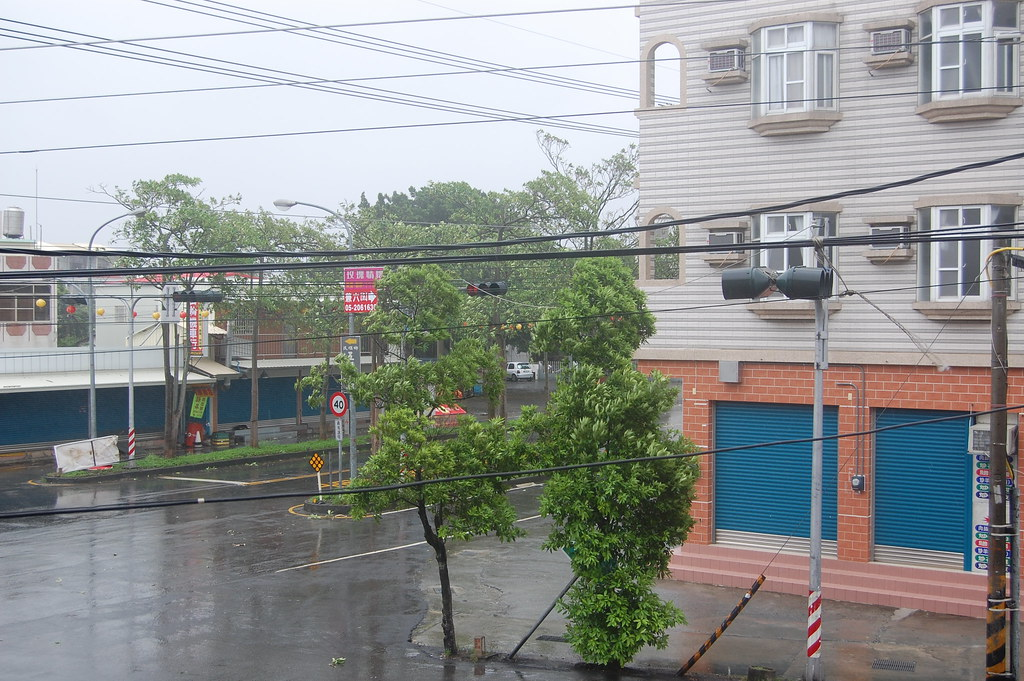
8. Lessons from Previous Storms
Incidents such as Typhoon Morakot in 2009, which killed an estimated 700 people in Taiwan, show the significance of early warning and coordinated evacuations. The destruction by Ragasa depicts that mitigation actions such as boarding windows, clearing obstructions, and setting up evacuation plans can result in lives saved during seconds.
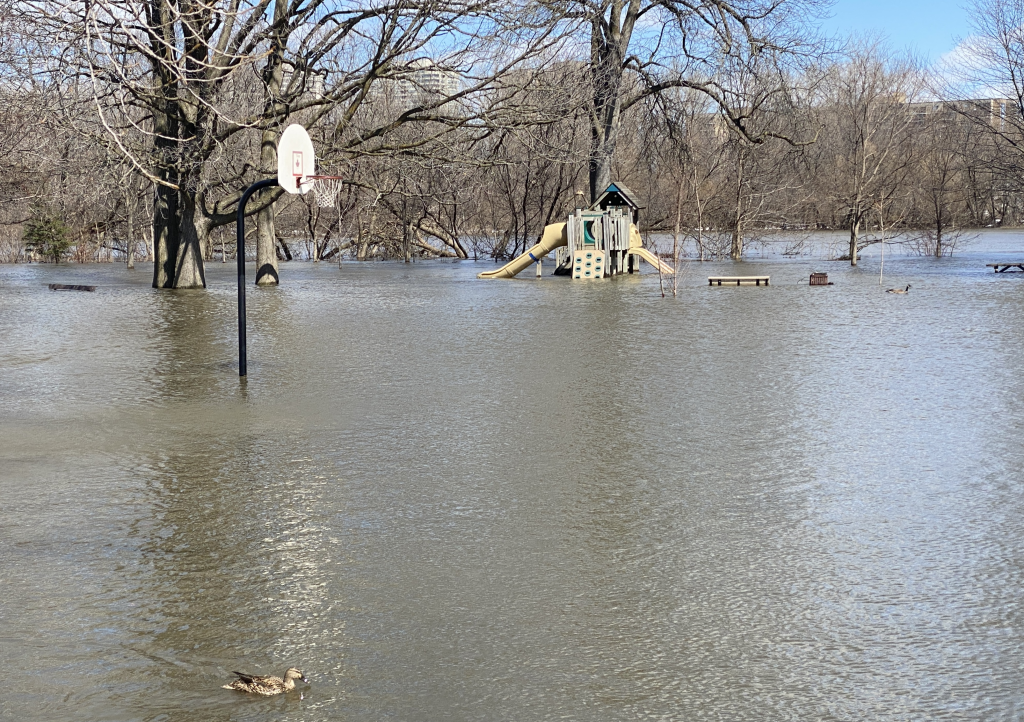
And as Ragasa moves westward, millions are in its possible path. That combination of short-term safety planning and preparation, long-term resilience building, and climate-wise policies will be the key in the face of not only this tempest but the stronger tempests scientists predict are headed their way.


